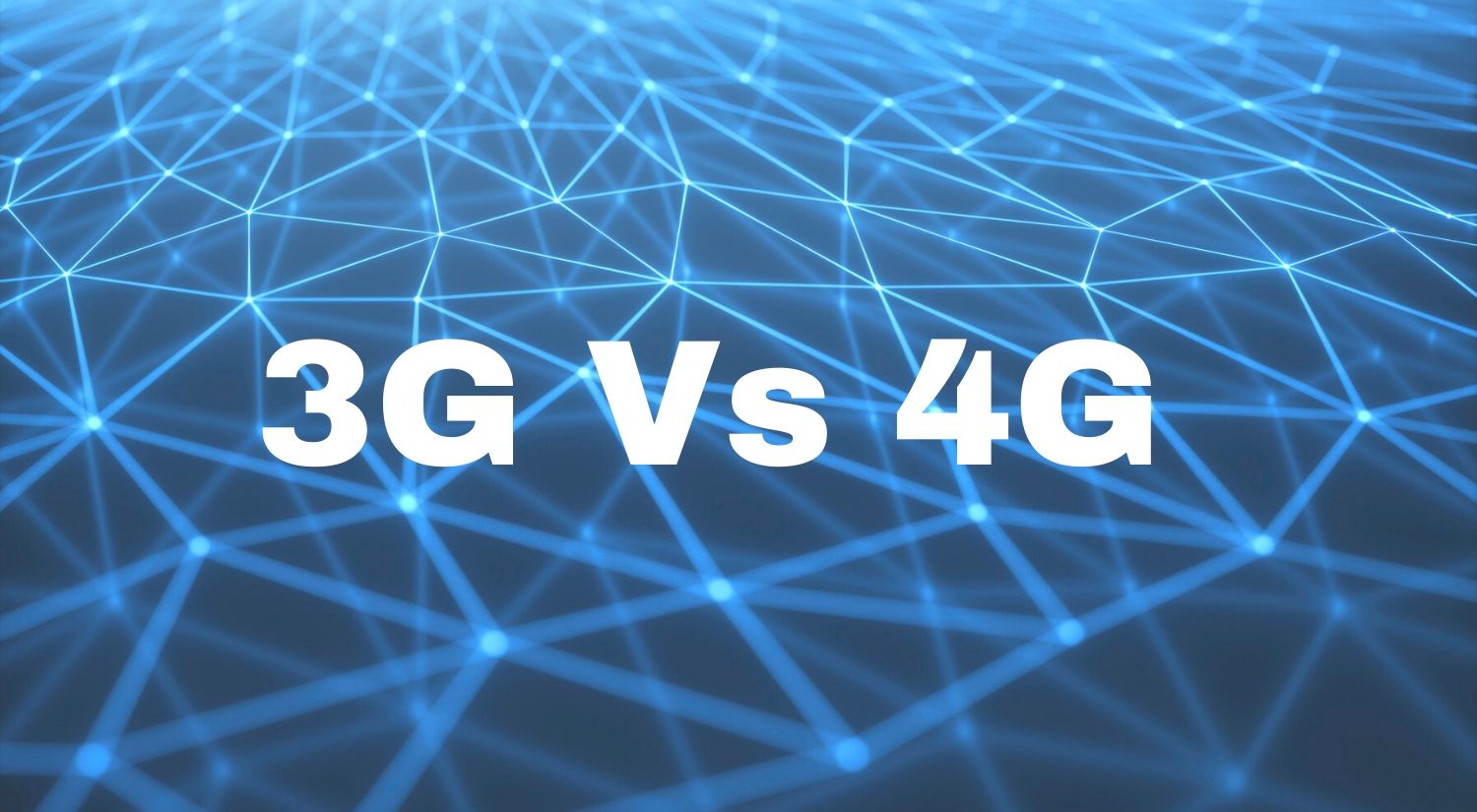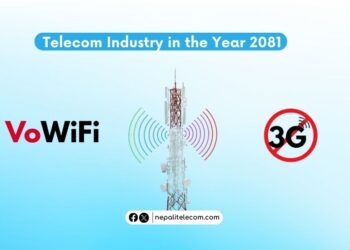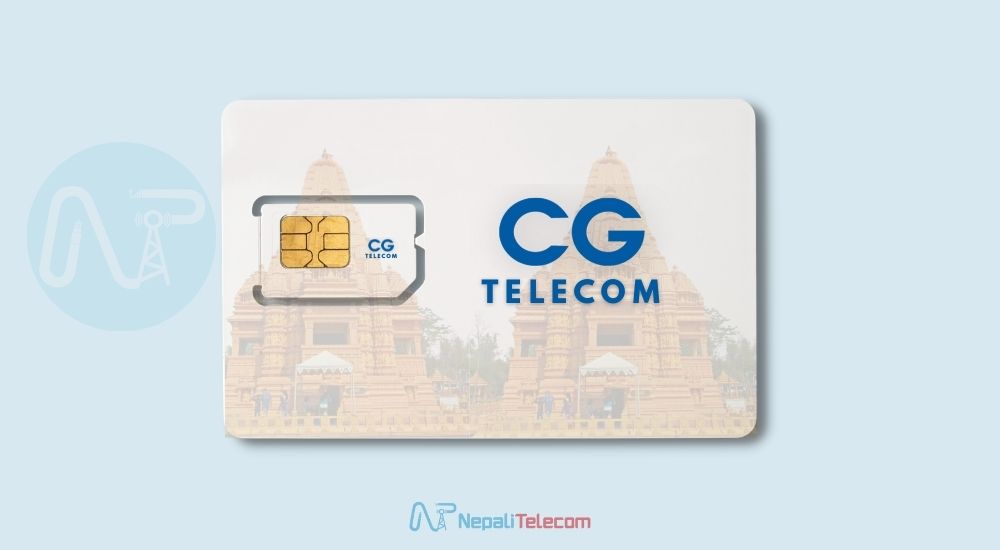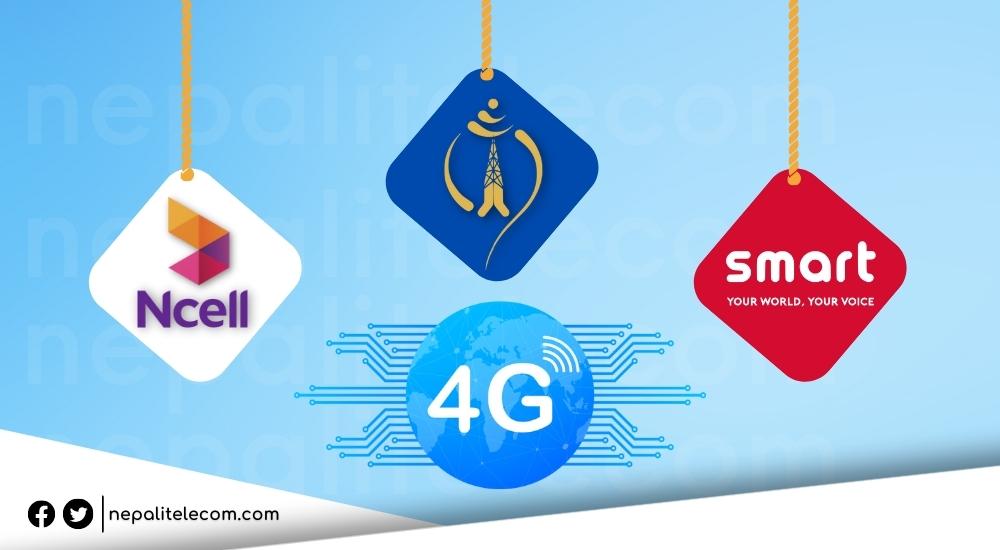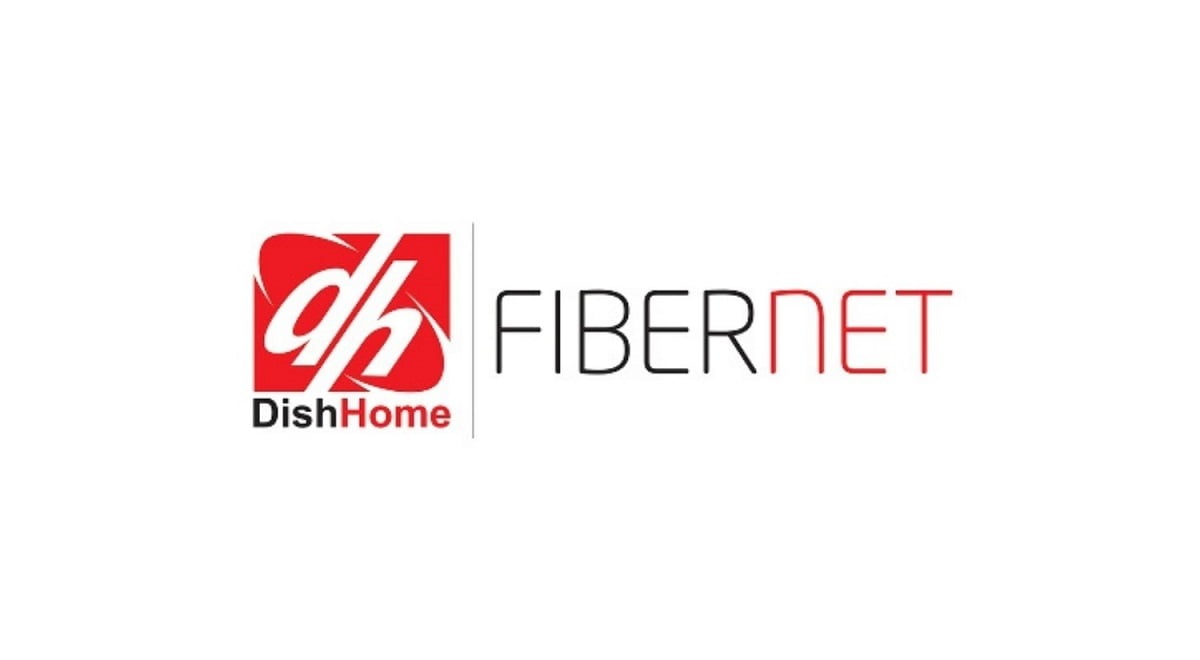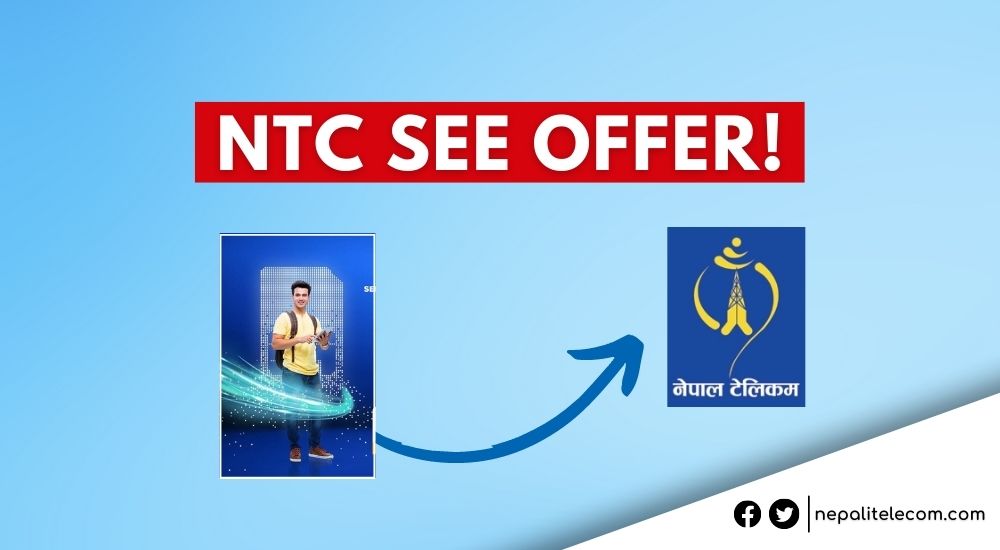Wireless mobile networks revolutionize every decade and there are intermediate changes every now and then. The evolution of wireless mobile technologies has been and will be one of the major advancements in the world. You all know about mobile networks: 2G, 3G, 4G, 5G.
In our country, 3G mobile networks have been there for a longer time and people are also well acquainted with it. In recent years, Telecommunication Companies have expanded 4G services in various places and is also getting popular.
People are confused about which mobile network they should be using: 3G Vs 4G and which technology is better among the two? As Nepal does not have a 5G network yet (working for trials), we are here to recommend you choose between 3G Vs 4G in this post.
Table of contents
Evolution of G
First of all, in the Wireless communication system, the letter G stands for generation, and the number is just a representation of the evolution of technology. Mobile communication networks had become much more inescapable than anyone could have envisioned. 1G is the first generation of wireless mobile technology analog cell phones that were introduced in 1980.
The first cellular system in the world became operational with separate standards in the US, Japan, and Europe in the 1980s. 2G was introduced under the GSM standard in Finland in 1991. For the first time, people could send text messages (SMS), picture messages, and multimedia messages (MMS) on their phones. Read when you should only use a 2G network.
After the era of 1G & 2G, 3G entered the scene in the year 2001. In 2008, history was made by launching a 4G mobile communication system. It brought many changes and advancements, with better efficiency in power and spectrum. Likewise, we are introduced to the 5G, a fifth-generation technology standard for cellular networks in 2019. Recently, there has also been the commencement of research on the development of the 6G network.
You should read the reason why three mobile technologies (2G, 3G, 4G) coexist?
3G
3G, the third generation of wireless mobile telecommunications technology was launched in 2001 by 4GNTT DoCoMo that marked the beginning of the use of the internet on mobile phones.
It was based on the set of standards used for mobile devices, and mobile telecommunications use services & networks that follow the International Mobile Telecommunications-2000 (IMT-2000) determinations by the International Telecommunication Union.
3G adds various services like Video calls, MMS, and higher internet speed (up to 21 Mbps with HSPA+). If the telcos add more features, you can have more data rates.
4G
4G, the fourth generation of mobile phone technology builds upon what 3G offers but does everything at a much faster speed. LTE (Long Term Evolution) is the All IP technology that fulfilled the requirement of 4G and has been evolving since then. Now, most countries use LTE Advanced technology.
4G LTE offers fast mobile web access (up to 1 gigabit per second for stationary users), facilitating gaming services, HD videos, and HQ video conferencing. It has revolutionized the mobile industry and helped in the widespread use of mobile data these days.
3G Vs 4G Mobile Network
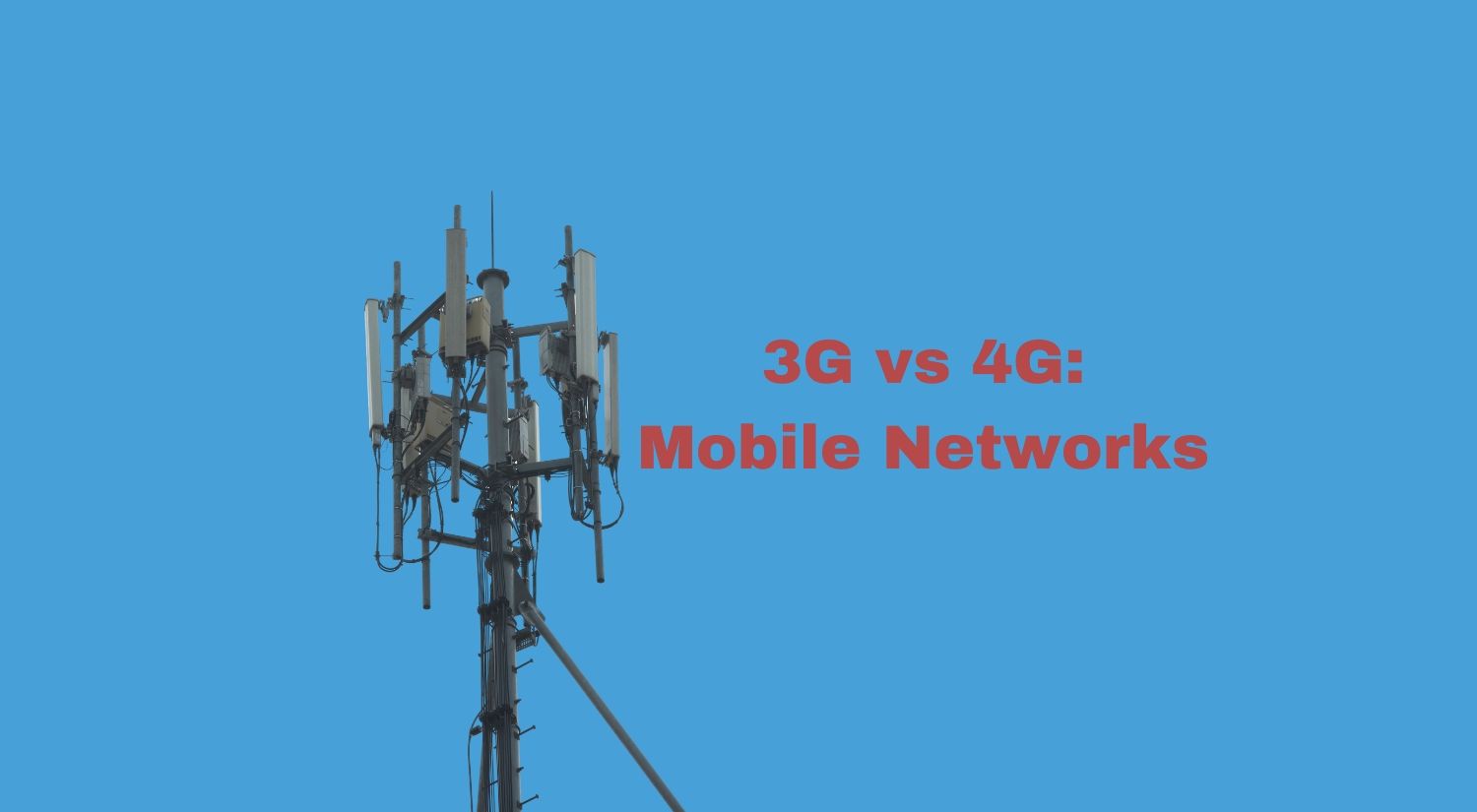
We already know from their names that 4G provides much faster speed and performance than 3G. We know that 4G features seem less impressive when compared to the 5G network as they are the next generation of mobile technology.
Speed
Talking about the speed of both networks, one of the main factors is their speed. 4G networks have high-speed compared to 3G; the 4G network delivers speeds faster than the 3G by a tenfold in terms of the peak throughput. One will be able to enjoy much faster speed and reliable performance on the 4G mobile network than that of 3G mobile networks.
While 3G can provide you with an average speed of 3 to 5 Mbps, 4G will serve your internet requirement at 8 to 10 Mbps average download speed.
Latency
Apart from speed, 4G also has a better response time than 3G due to lower ‘latency,’ meaning that a device associated with a 4G mobile network will get a faster response to a request than a similar device with a 3G mobile network. In comparison to 3G networks, 4G comes with a much more simplified network architecture, which is also the reason behind the faster response.
Power Efficiency
The power efficiency depends on various factors. The power utilization is high on 3G networks, but 4G has a quite reasonable power consumption for mobile phones. One might say 4G consumes more power as faster data comes with more processing, but it is totally not correct. 4G provides higher performance & facilitates all features of 3G very fast and in a short period of time. So I would not say that 4G consumes more power but it is more power-efficient.
Voice Clarity
Call quality between the two networks differs very vastly. Though most of the 4G networks rely on 3G, 2G for voice calls, some of the operators also enable VoLTE. VoLTE (Voice over LTE) technology makes voice quality clearer and can provide better quality communication. With VoLTE, Voice is sent over “packet switching”; and call quality is improved drastically with HD voice. Nepal Telecom has already launched VoLTE with Ntc 4G and later Ncell also brought its own VoLTE service. Check out: How to activate Ncell VoLTE service, with supported devices?
Better Reception
If we compare the comparable network scenario of 3G and 4G, 4G always provides better reception than 3G. That means you can get better internet data speed even at the far end of a mobile tower, which normally has lesser signal strength. So, we can say 4G has reliable data speed as compared to 3G, throughout its service area.
Right now in Nepal, there are more 4G base stations than that of 3G. So, obviously 4G coverage is better than that of 3G which makes you opt 4G over 3G.
Cheaper Data
As you know, Telcos provide some data volume as a bonus to use for the 4G network only. Similarly, there are 4G specific data packs that provide higher data volume in a 4G network. With such packages, we have found the cost of data per MB goes down heavily with 4G. Read the Data packs in Ncell, Nepal Telecom data package offers, to better understand this affordability.
4G might be the superior network, but it also has some limitations as it requires broad bandwidth for a higher-speed network. 4G networks give better services than their predecessor in many aspects, but it also has some compatibility issues in terms of the spectrum band. Some might say it is expensive due to the consumption of large data volume but you should concentrate on saving data volume while using mobile data.
Comparison Between 3G Vs 4G
| Features | 3G | 4G |
| Peak Download Speed | 21 Mbps | 100 Mbps |
| Peak Upload Speed | 5 Mbps | 50 Mbps |
| Average Downlink Speed | 3 to 5 Mbps | 8 to 10 Mbps |
| Switching | Circuit and Packet switching | Packet Switching |
| Frequency of operation | 800 MHz to 2100 MHz | 700 MHz to 2600 MHz |
| Frequency bandwidth | 5 MHz | up to 20 MHz |
| Latency | ~100 milliseconds | ~30-50 milliseconds |
| Power efficiency | Relatively high | Better than 3G |
| Spectrum efficiency | Fair | Higher than 3G |
| Signal Reception | Moderate | Better than 3G |
| Services | Video call, MMS, and data speed in Mbps | Data speed in tens of Mbps, HD Video streaming, gaming, etc. |
It has not been long since 5G got introduced to the world; it is still evolving. Our country is not in a position to provide a 5G network as we are still not able to dive into the 4G network. First, we need to focus on expanding feature-full 4G for now. Do we even need a 5G network in Nepal in the present context? We can hope to get 5G shortly after the proper implementation of the network worldwide.
Efforts From Telecommunication Companies for 4G
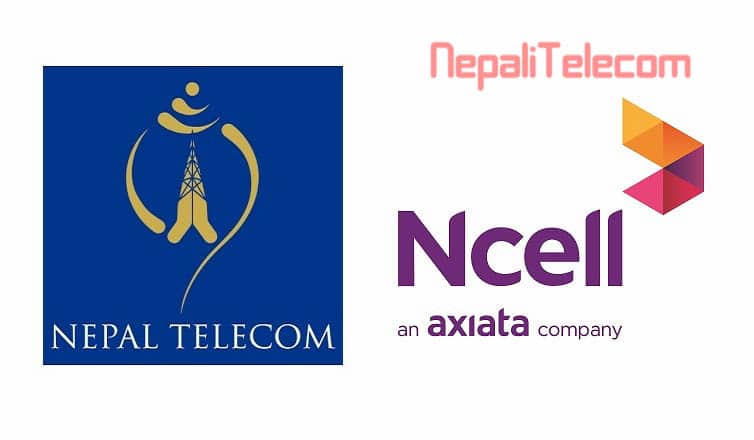
4G means speed, performance, and reliability with excellent coverage. The availability of 4G is increasing day by day in Nepal. It is mainly focused on City areas for now, but after some time 4G will be widespread across the country. The telecommunication companies in our country are working hard to provide 4G services to all people.
NTC now has 4G coverage in all the 77 districts in Nepal. Although it is available in all the 77 districts, there might be places where there’s no 4G coverage. Ncell is also going strong with the 4G expansion. As known, Ncell’s 4G coverage is available in over 71 districts.
People should start to get the smartphones that support two spectrum bands 1800 MHz aka band 3 and 800 MHz aka band 20 because NTC has been providing its 4G mobile network in those two spectrum bands. You will be able to enjoy higher speed in 4G if you have appropriate devices & if there is good 4G coverage at your place.
Though 5G is engulfing the world right now, it is not possible to get 5G network services here in Nepal. Currently 5G network established in the country is of Nepal Telecom, which is testing the next generation network internally as a trial. So, we must first use the better 4G network & gradually proceed toward the next generation of wireless mobile technology which is 5G. Check out: 5G network in Nepal: Features, Trial, Spectrum
Verdict on 3G Vs 4G
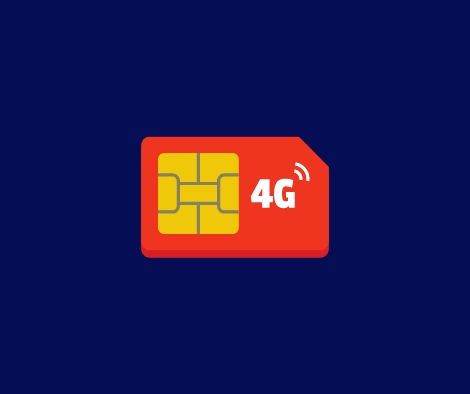
Surely, everyone would love to go with 4G instead of 3G. Everyone loves new tech which is better than the older one. So, it is safe to say that 4G is better than 3G considering everything we discussed. As the availability of the 4G networks is increasing all over the country, you should not hesitate to switch from 3G to 4G networks as you will be getting higher speed and the best connection.
But for some people, it can be expensive as well as many Nepali people don’t have proper 4G supported devices. For the older generation who use mobile phones only to accept calls and have nothing to do much with the web, it would mean nothing to switch over the network. If you don’t use data services then you should not bother upgrading.
Regarding the new phone purchase, We recommend people buy a 4G smartphone as 3G is thing of the past and every 4G phone also supports 3G. We need to cope up with the technology upgrade and get 4G smartphones to enjoy a faster data network. With the 4G network, you would be able to use all the features/services that you have on a 3G network.
As a general rule, you need to put your mobile network in automatic network mode or 4G preferred mode. With which, you will get a 4G signal where it is available and if it’s not there, you will get 3G or 2G based on availability. Read the best way to use a cellular mobile network.
So, what are your thoughts about the 3G Vs 4G? Which mobile network would you like to go with? Leave your answers in the comment section below.


